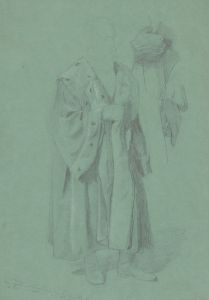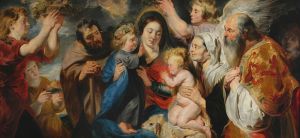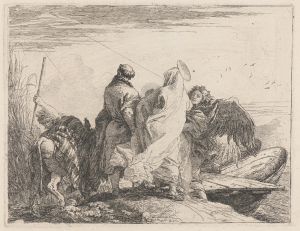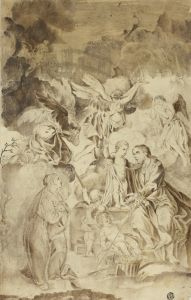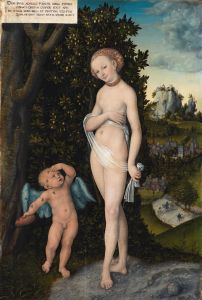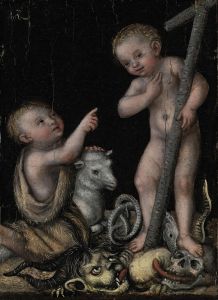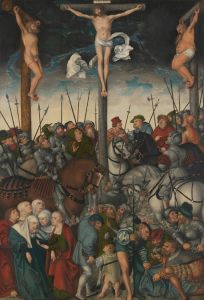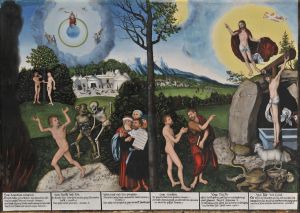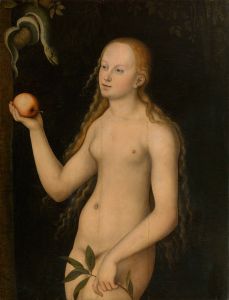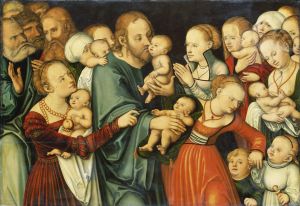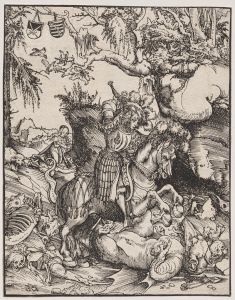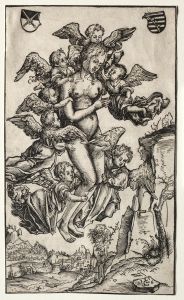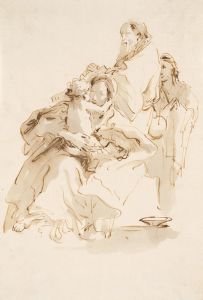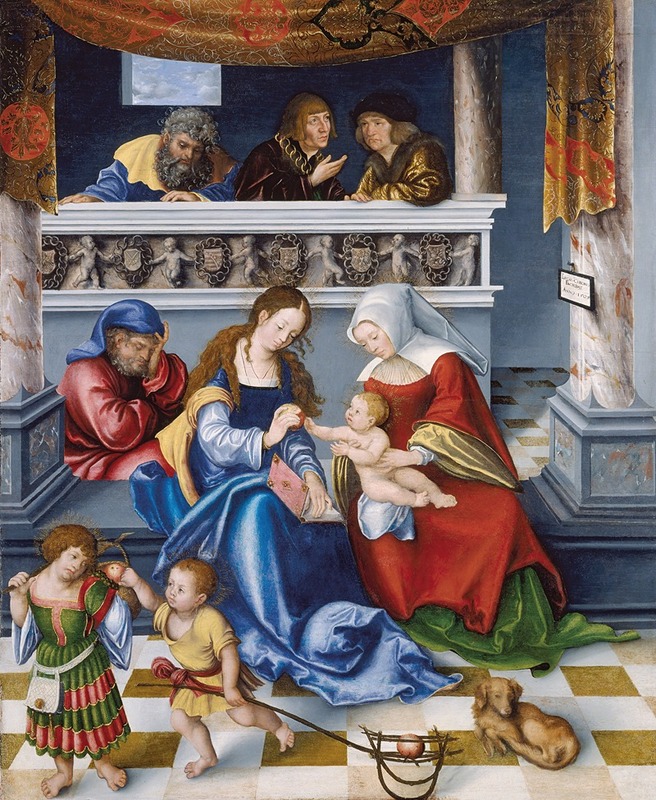
The Holy Kinship
A hand-painted replica of Lucas Cranach the Elder’s masterpiece The Holy Kinship, meticulously crafted by professional artists to capture the true essence of the original. Each piece is created with museum-quality canvas and rare mineral pigments, carefully painted by experienced artists with delicate brushstrokes and rich, layered colors to perfectly recreate the texture of the original artwork. Unlike machine-printed reproductions, this hand-painted version brings the painting to life, infused with the artist’s emotions and skill in every stroke. Whether for personal collection or home decoration, it instantly elevates the artistic atmosphere of any space.
Lucas Cranach the Elder, a prominent German Renaissance painter, is known for his significant contributions to art during the 16th century. One of his notable works is "The Holy Kinship," a painting that reflects the religious and cultural themes of its time. Cranach was born in 1472 in Kronach, Germany, and became a leading figure in the Northern Renaissance, renowned for his portraits, religious subjects, and mythological scenes.
"The Holy Kinship" is a depiction of the extended family of Jesus Christ, a theme that was popular in Northern European art during the late Middle Ages and the Renaissance. This subject matter typically includes the Virgin Mary, her mother Saint Anne, and other relatives, emphasizing the human lineage of Christ and the sanctity of his family. The painting serves as a visual representation of the interconnectedness of holy figures, which was a significant aspect of Christian iconography at the time.
Cranach's version of "The Holy Kinship" showcases his distinctive style, characterized by precise lines, vibrant colors, and attention to detail. His ability to convey complex religious narratives through art is evident in this work. The composition likely includes multiple figures, each with specific attributes that identify them, such as halos or particular gestures, which were common in religious paintings to signify holiness and divine presence.
The painting reflects Cranach's skill in portraiture, as he often depicted his subjects with individualized features and expressions, bringing a sense of realism and humanity to religious figures. This approach was part of the broader Renaissance movement, which sought to humanize sacred themes and make them more relatable to contemporary audiences.
Cranach's work was heavily influenced by his connections with the Protestant Reformation, particularly his relationship with Martin Luther. While "The Holy Kinship" itself may not directly reflect Reformation themes, Cranach's broader body of work often engaged with the religious debates of his time. His art was instrumental in disseminating Protestant ideas, and he produced numerous portraits of Luther and other reformers.
The painting's provenance and current location are essential aspects of its history. Many of Cranach's works are housed in major museums and collections worldwide, reflecting their enduring significance and appeal. However, specific details about the provenance of "The Holy Kinship" may vary, as artworks from this period often have complex histories involving multiple owners and locations.
In summary, "The Holy Kinship" by Lucas Cranach the Elder is a testament to the artist's mastery of religious themes and his role in the Northern Renaissance. Through his detailed and expressive style, Cranach contributed to the rich tapestry of Christian art, offering a glimpse into the spiritual and cultural milieu of 16th-century Europe. His work continues to be celebrated for its artistic and historical value, providing insight into the religious narratives that shaped the era.





